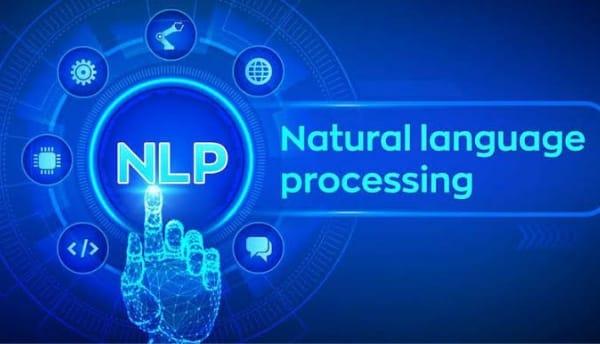
One of the big reasons for chatbots being hailed as the future of business and customer communication is that they can save a lot of money, while reducing effects of human agents. Chatbots, which are leading lights for the humanisation of technology for various purposes, can improve various aspects of the service sector.
But not all trials and experiments with chatbots have yielded positive responses so far. Users have many a time found conversations with bots to be broken, awkward and without the flow that can be so crucial to making humans feel at home with one another. But it is crucial to remember that this technology is still in its nascent stages, and there are a lot of tweaks to be made and problems to be rectified so that a more stable communication network can be set up soon.
With that in mind, let’s look at four issues we face when it comes to smart chatbots and how we can try overcoming them:
- Rigid programming Most of the bots offered by companies are boring and do not have any interesting personality that can attract the interest levels of the user. There are so many bots that are available on different platforms, but very few leave users with a good memory. Another problem is that conversation flow is not there due to the bots robotic and manual nature, and that can put off customers. So it is advisable to try keying in aspects like humour and simple language, so that user experience is satisfactory and conversations are kept within the parameters of what the customer needs.
- Make them relatable Another important thing to remember is that even though you programme the bot in a particular way, there will come deviations that are not according to the script fed into the software’s system, and this can be a turn off for customers. Hence, aspects like Natural Language Processing (NLP) and machine learning, where the chatbot learns to program itself based on conversational its experience, can help solve this over a long term.
- Hack devices Another pertinent point to note is that bots are breeding grounds for marketing engagement, which could see the bot veer off-script and onto other unnecessary channels. For this, building bots such that they eventually always get back to the point of conversation is vital.
- The basic truth For those still unaware of the fact, bots are not yet at the level where they can solve every issue. But that doesn’t make them bad investments for businesses and institutions. And to stay ahead of this problem, there is no reason why a humans help cannot be used. For all instances (and there will quite a few) where a chatbot cannot answer queries, the aid of a human can be used so that the bot can also learn, while this facilitates a kind of unison between humans and bots.
LSI Keywords: business and customer communication, humanisation of technology, positive responses, stable communication network, interesting personality, conversation flow, Natural Language Processing, machine learning, unison








